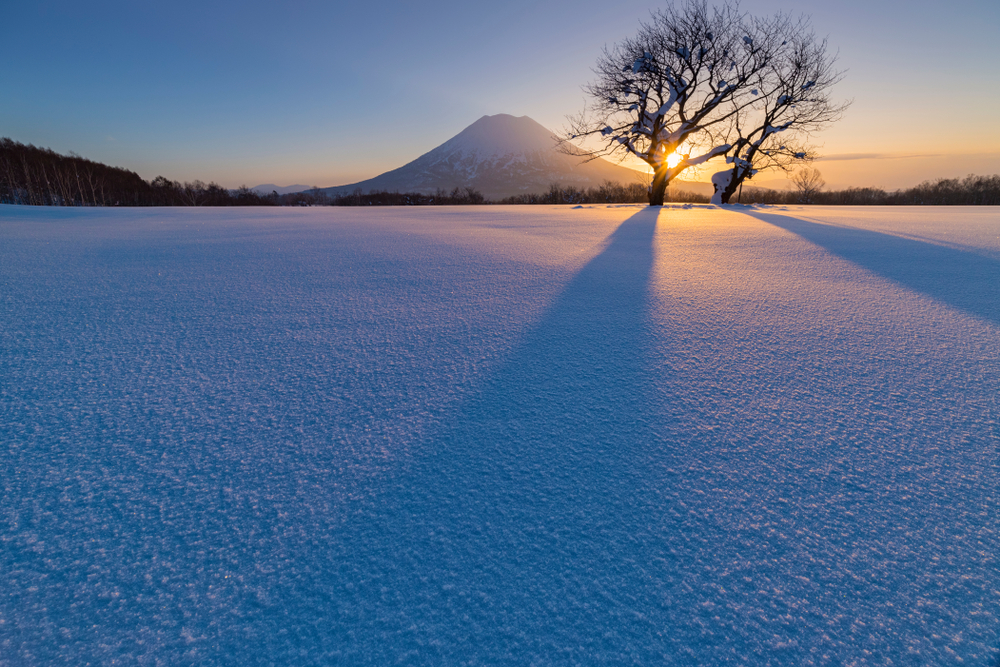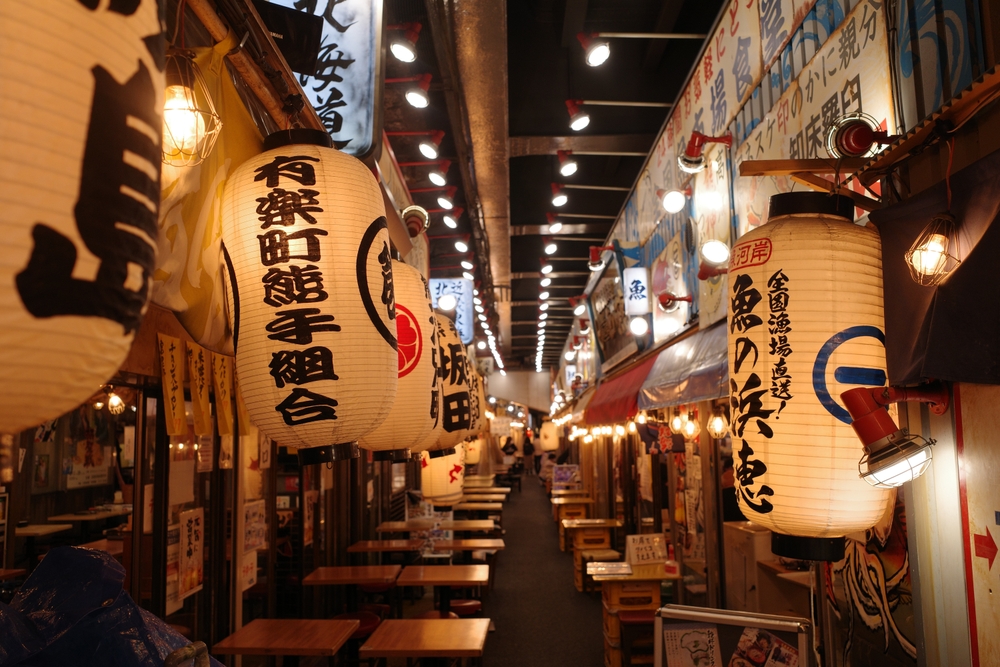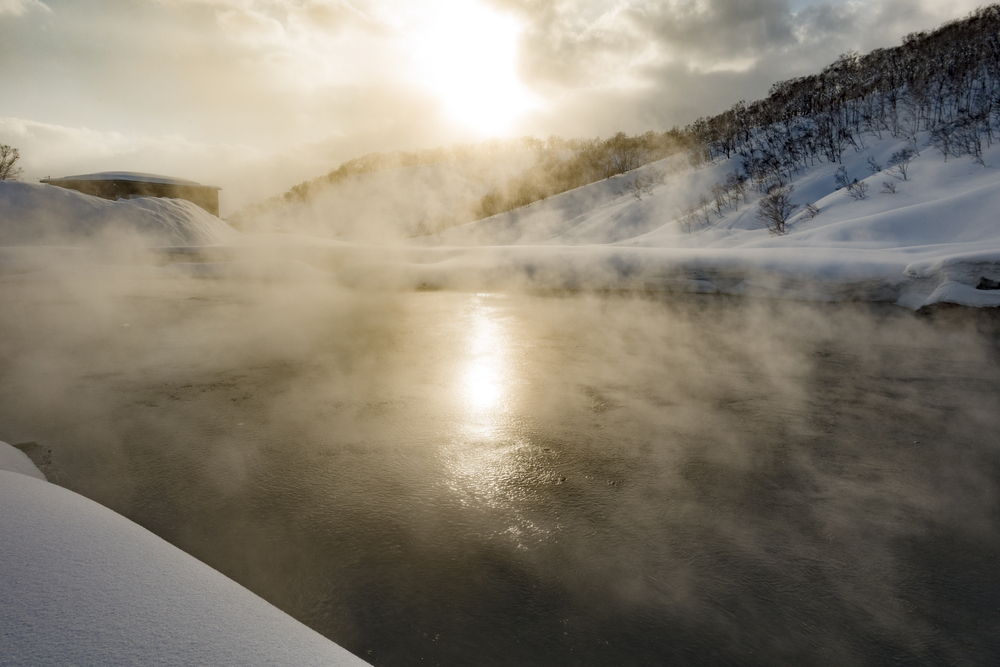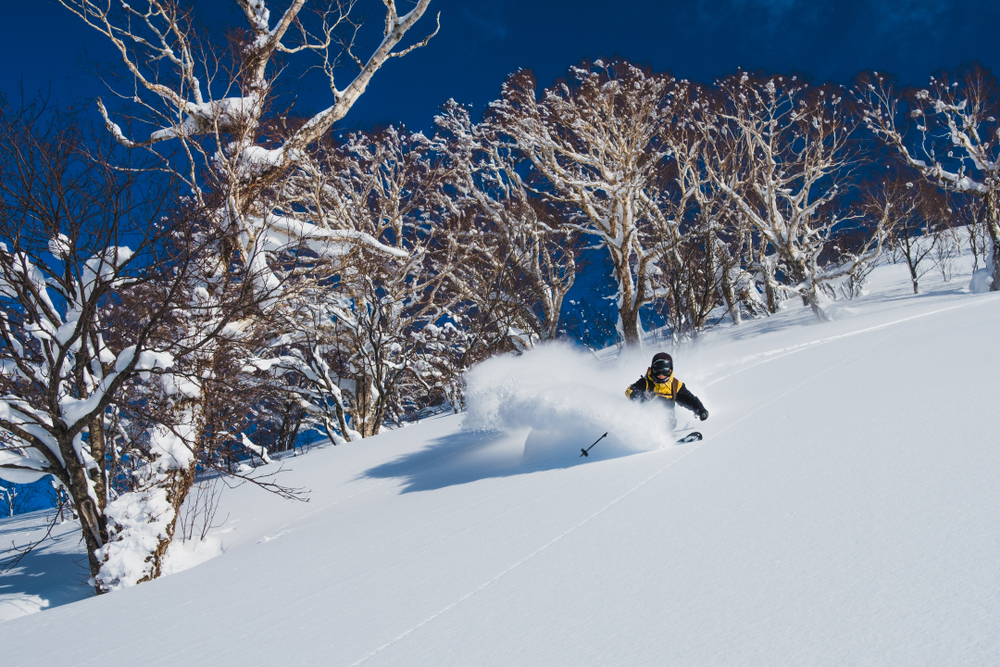Niseko real estate thaws in Japan’s post-pandemic rebound
The fortunes of the Greater Niseko property market were frozen during the pandemic, but the sector is heading back on-piste as Japan regains lost momentum

Japan, one of the pandemic’s last holdouts, reopened to the world before winter in 2022—just in time for ski season.
At long last, winter sports enthusiasts were able to make a return pilgrimage to the country just in time for the first drops of the Japanese powder snow that famously blankets its northern isles. The most famous of these ski destinations, Greater Niseko, saw its real estate market come out of icy stasis.
Despite concerns over oversupply, the alpine ski resorts of the Niseko Range, a collection of volcanoes on the island of Hokkaido, are enthralling foreign buyers anew.
“In our opinion, the residential segment has already recovered from the pandemic and is doing well,” says Eddie Guillemette, CEO of MnK Resorts & Hospitality and the Chairperson of the PropertyGuru Asia Property Awards (Greater Niseko) Judging Panel, a leading resort management and accommodation provider in Hokkaido. “Demand is strong, and supply keeps coming online.”
Niseko’s real estate investment prospects are historically wedded to Japan’s tourism industry. As of May, the archipelago has received 8.6 million visits in 2023, according to data from Japan National Tourism Organisation (JNTO). This eclipses the nearly 246,000 visits recorded for the entirety of 2021.
“Japan as a whole has seen an influx from both tourists and real estate investors since the reopening of the borders,” says Guillemette. “There are likely two factors contributing to this. People love visiting Japan and Niseko in particular, and the currency has been at a historically low level, making it cost-effective.”
In October 2022, the same month as Japan’s reopening, the yen depreciated to its weakest level against the US dollar since August 1998. The yen’s descent against the greenback by the end of 2023 is almost assured as the US Federal Reserve loosens its monetary tightening policies.

“The dollar strength has certainly improved sentiment towards Japan and makes spending on real estate and tourism more attractive,” says Guillemette.
The Niseko region has over 2,000 beds in the pipeline as a gaggle of big-brand, international hotel operators are set to enter the market in the next 24 months, according to property management solutions provider Niseko Portfolio and Explore Travel Group.
Hanazono, one of the resorts that comprise the Niseko United ski area on Mount Annupuri, is enjoying upward traction as a luxury neighbourhood. Notable recent developments include Park Hyatt Niseko Hanazono, set to release additional villas for sale this year; an onsen-connected estate, Hanacreek; and local iterations of the international hotels Capella and Nikko Style.
Japan has seen an influx from both tourists and real estate investors since the reopening of the borders. People love visiting Japan and Niseko in particular, and the currency has been at a historically low level, making it cost-effective
In Grand Hirafu, MUWA Niseko and the Hoshinoya Hütte Niseko are poised to add to the resort area’s profusion of ski-in and ski-out properties.
Some investors come to Niseko on the assumption that they can wring enough rental income from properties to cover ongoing expenses. Alas, rental yields in Niseko are challenging to predict. This year, yields and accommodation rates are declining across the board as they face downward pressures from the influx of new supply.
“The challenges in Niseko are the potential oversupply of large-scale apartment and hotel-type projects as well as infrastructure constraints,” says Guillemette. “Niseko is a small farming community situated in a mountainous snow haven. The high-density projects fill the demand for peak winter tourist demand, but they will impact rental yields.”
The new developments have put power and freshwater constraints, as well as the lack of public transportation options, in stark relief. Even workers are in dangerously short supply.
Certain properties are nonetheless generating more favourable returns than others. “On the newer builds, the rental yields are lower, and the current proposition is based more on lifestyle and solid capital gain rather than short-term yields,” says Greg Hough, managing director of Niseko Portfolio and Explore Travel Group.

As a rule of thumb, properties in managed communities provide guests with activities and amenities such as transportation and F&B. For those, they can command higher yields than standalone properties, which suffer from heavy amounts of snow and a dearth of management solutions.
“If you are looking for an investment that you can enjoy yourself, that will likely appreciate in value over time, and can be rented out to help cover your investment holding costs, there are many good options in managed developments,” says Guillemette. “If you are looking for a high-yielding property with low management costs that is easy to sell at any time, that is harder to find in Niseko.”
New regulations, set to take effect towards the end of the year, may make it more difficult to develop larger properties in Niseko in the first place. This shift likely favours smaller land and house developers or boutique hotels, and balances commercial interests with the preservation of Niseko’s natural charm.
“It is not expected to have a dramatic impact on the market and in some ways is tempering mass development, which is not an entirely bad thing,” says Bill Barnett, founder and managing director of the hospitality consultancy C9 Hotelworks.
Finding income-generating rentals notwithstanding, land banking has experienced a resurgence in popularity, which was cut short by the pandemic. MnK has seen up to 20% in land price increases in Niseko over the past year. In contrast, land prices nationwide only inched up 1.6 percent by the end of 2022, based on data from the Ministry of Land, Infrastructure, Transport and Tourism (MLIT).
“The only real change we have noticed is the willingness to invest in real estate that is further away from the main ski areas,” says Guillemette. “This is a function of land prices being significantly cheaper just two kilometres away and as much as 10 times cheaper at only 10 kilometres away.”

For perspective, one could buy land up to two kilometres from the entrance to the mountain for USD1 million. That same amount of land 10 kilometres away, often with better views, could be purchased for USD100,000. As a result, areas that are as far as 15 kilometres from the mountain are gaining traction due to the price differential.
“The construction costs are the same in both locations so the question becomes how to value convenience,” says Guillemette.
While its property market has been soft, Niseko has strong fundamentals overall, with improvements to the ski infrastructure a positive for long-term growth. Hanazono, for example, is investing on modernising its lifts, a welcome departure for an area sometimes derided for its obsolete facilities.
“Resort real estate, unlike urban property, is an emotional buy and often a lifestyle versus pure rental yield play,” says Barnett. “That said, early buyers in some leading projects have seen high levels of returns, but that has to be weighed against currency risk for foreign buyers that has an upside and a downside.”
On top of the possible constraints on high-density constructions, developers could face additional financial obligations to support essential infrastructure elements like water, electricity, and parking facilities. “The impact of regulations like that is likely to be higher prices for property investors in new projects,” says Guillemette.
Post-Covid, investors are still bullish on Niseko, but concerns over a global economic downturn have slightly softened the market.
“The investment profile has shifted from high ROI expectations to more of a lifestyle investment,” says Hough.
The pandemic has transmogrified the property seeker in more ways than one. Niseko is as cosmopolitan as ever, but the typical makeup of buyers is morphing.
“Given the travel restrictions, many Japanese residents decided to visit during the pandemic in part due to the publicity the area has received as a haven for foreign tourism and investment,” explains Guillemette. “The perception of having an international experience while staying in Japan helped us attract these new visitors during the pandemic, and thankfully, some of those guests are looking to buy real estate in the area.”
This article was originally published on asiarealestatesummit.com. Write to our editors at [email protected].
Recommended
Why everyone is moving to Selangor and Johor: Malaysia’s real estate comeback
Malaysia’s upturn in fortunes is especially prevalent in secondary destinations such as Selangor and Johor
Penang’s silicon boom: How the US-China tech war is supercharging local real estate
Penang’s booming semiconductor industry has created ripples within the local real estate sector
New leader, new opportunities: How Hun Manet is shaking up Cambodia’s real estate game
Hun Manet is overseeing decent economic growth and widening access to the country’s real estate market for foreigners
Singapore embraces inclusive housing reforms amid resilient demand
The Lion City’s regulatory strength continues to exert appeal for international investors








